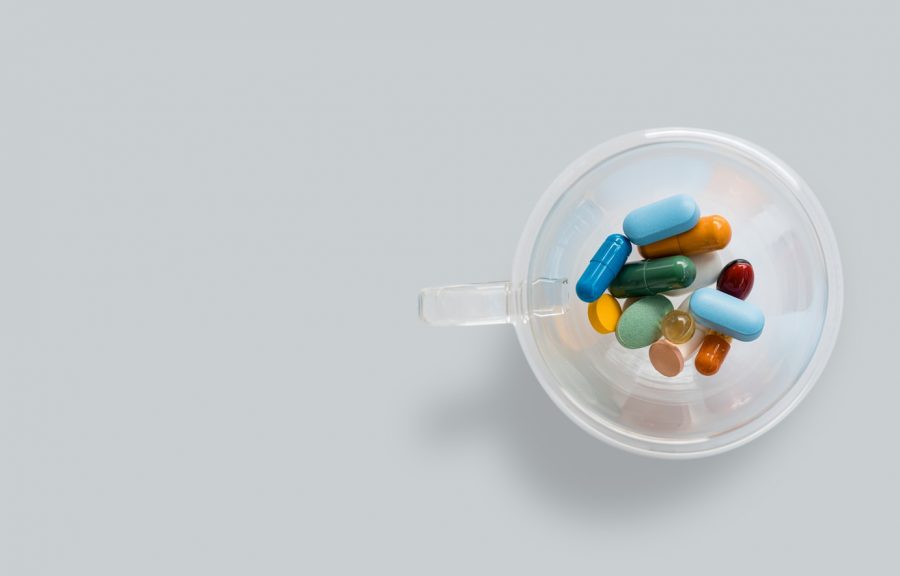The last decade has seen the pharmaceutical industry register significant transformation, thanks to the various technological advancements. The reality has influenced service delivery positively, enriching how healthcare facilities related to health insurances and patients across the globe. Individuals can now access services affordably and quickly. Scroll down to discover how various technologies are influencing the pharmaceutical sector.

Understanding the 3D Printed Organs
Today, 3D printing technology continues to command authority in various industries. Pharmaceutical is among the sectors that this innovation has transformed. With innovative approaches such as bioprinters, health experts can print internal organs. That way, inspecting tissues for illnesses is no longer a puzzle. There are speculations that this technology could advance to assist in transplants and other medical procedures soon.
The technology offers an approach to deal with organ shortage for patients seeking transplant services. Experts and different governments are working to introduce this innovation in many countries and health institutions.
Artificial Intelligence
Numerous industries have embraced artificial intelligence in their operations. It is among the technologies that have influenced the growth and improved service delivery in the pharmaceutical sector. AI involves applying computer-related intelligence to handle various tasks quickly, allowing health professionals to tackle other duties. That way, health facilities such as Pharma Systems Solutions save time and achieve more within a short duration.
The New Obalon Balloon System
There are various options that health experts employ to assist individuals in losing weight. Obalon Balloon is one such approach, which has become a popular technology in the health industry. It involves implanting balloons into a patient’s stomach, or one can swallow them. The product occupies space in the stomach, forcing one to take little food. That way, the patient loses weight.
However, health experts advise patients to incorporate balloons with regular exercise for accelerated results. The system involves implanting three balloons, one after the other, each taking three months to add. The doctors remove the balloons after six months through endoscopy. The technology is ideal for anyone who has tried various approaches, such as dieting and changing lifestyle to lose weight. However, a physician must prescribe the use of an intragastric balloon before one decides to use it.
The health industry is a working example to show how technology can influence life. Critical illnesses no longer hold a chief threat today, as health institutions have discovered reliable approaches to handle them. Traditional methods for treating various diseases continue to fade away as technological innovations continue to emerge. Other industries can also attest to the impact of these innovations.